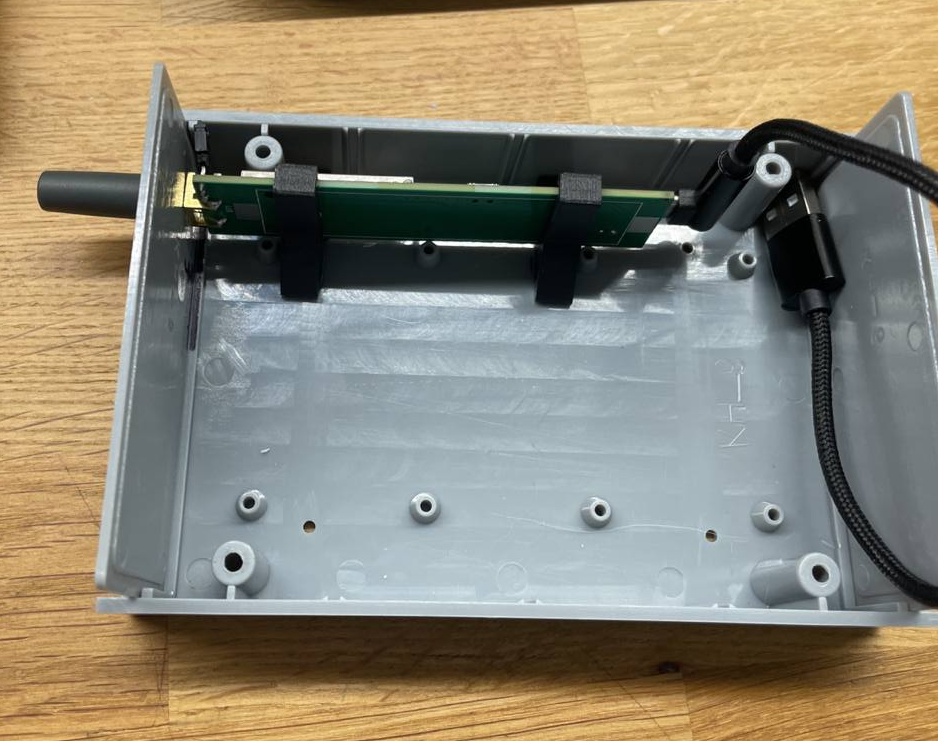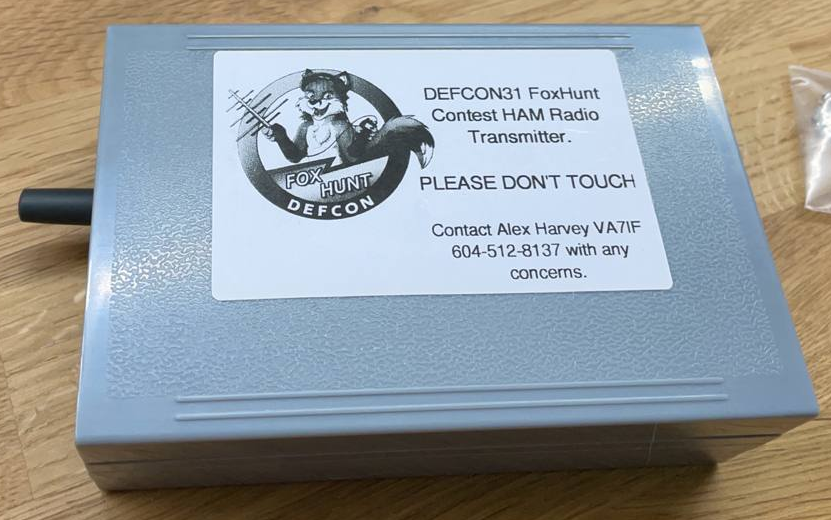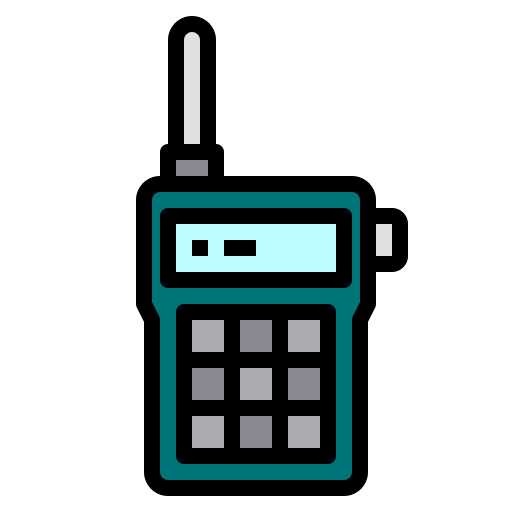How to Hunt With a Regular HT/Radio
So here's the fun part - you don't need fancy antennas or complex/expensive gear to find many foxes. All you need is you, a radio, and patience!
The technique you should use (if you're new to this - if you're not, why are you still reading? Go find the foxes!) is called Body Fade. In a nutshell, you are using your body itself to block as much signal as possible in order to give you a vector to search towards. Hold your radio close to your chest while slowly turning in a circle when you hear the transmission from the fox.
You're looking for the direction where your body blocks most or all of the signal (the "null" or "signal null"). Some radios will have a signal strength meter that you can watch, or you can adjust the Squelch on your radio while listening until the transmission no longer breaks the squelch. What does that mean? Well, that means the signal should be directly behind you - so do a 180 turn and walk for a bit.
After walking for a short moment, repeat the body fade technique to ensure you're still heading in the right direction. The signal should increase in strength. Note that the null you've created with your body is quite shallow. It can sometimes pick up signal reflections off of RF-reflective surfaces. If you are not getting a good null, reflections might be an issue: just move to a "clearer" location and try again.
When you've reached a place where the signal is so strong that you can't find a null, tune your radio 5 or 10 KHz off frequency. This should help find a null, but this depends on the quality of the bandpass filter on your radio. to put the signal into the skirts of the receiver's IF passband. If your hand-held is dual-band (144/440 MHz), try tuning to the much weaker third harmonic of the signal in the 70 cm band while performing the body fade technique.
Disconnecting the radio's antenna will knock down the signal even more. If you hear the signal with the antenna off? Look around you, you're probably within a few feet of the fox.



